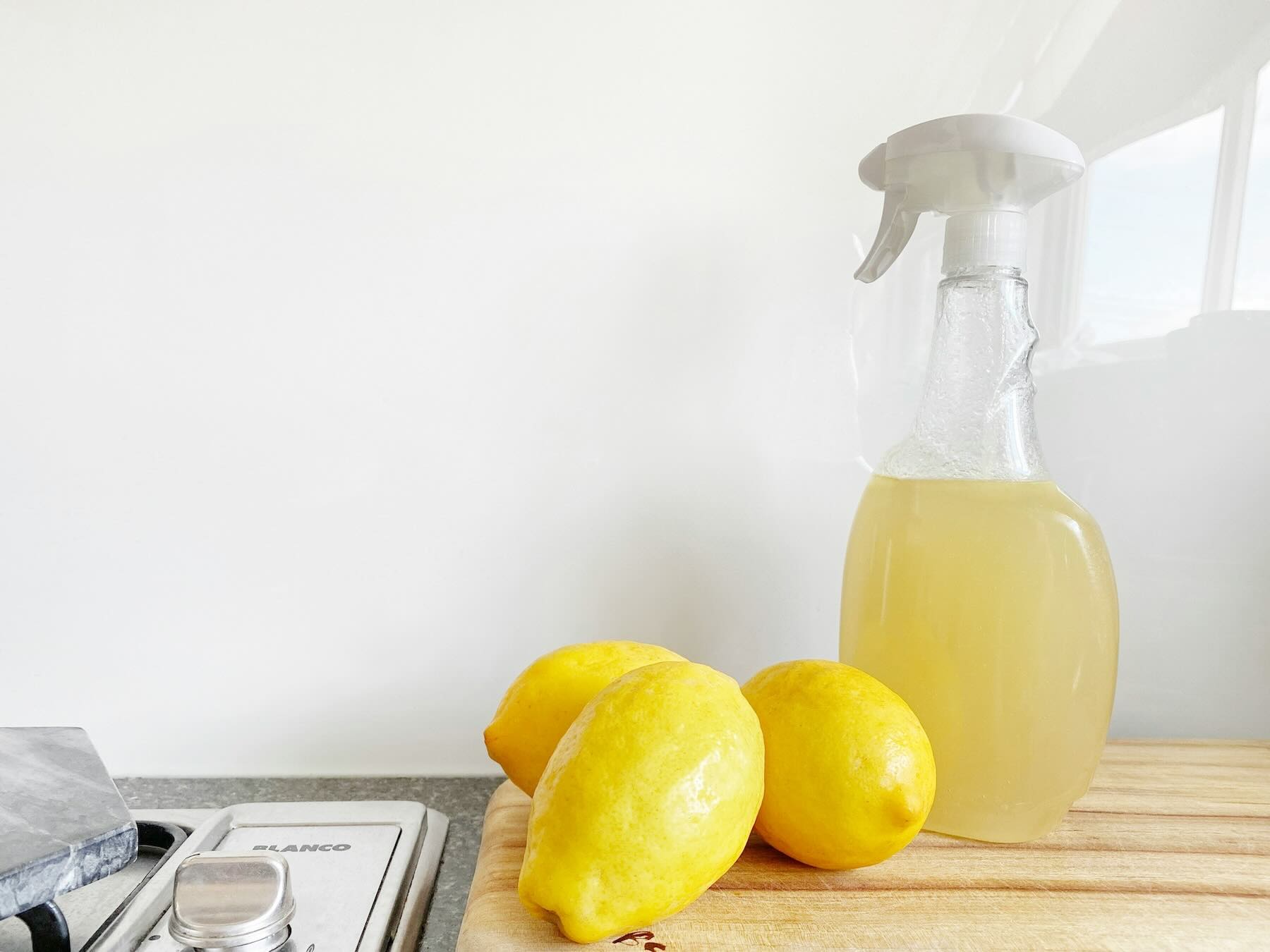
A Guide To Green Cleaning
Supermarkets are stuffed with expensive cleaning products that contaminate waterways and can expose you to as much indoor pollution as a busy road! You might want to try to ‘green’ your cleaning regime and luckily, it couldn’t be easier!
HOW ECO-FRIENDLY ARE YOUR CLEANING PRODUCTS?
Many conventional cleaning products have significant environmental impacts, varying based on their chemical content and usage. Among the harsh chemicals commonly found in these products are phosphates, which contribute to algal blooms in bodies of water and cause severe damage to aquatic ecosystems. Another harmful compound is ammonia, often present in tile cleaners and disinfecting sprays, which is known to contribute to air pollution and cause respiratory problems. Chlorine, a popular ingredient in disinfectants, can create harmful by-products when released into the environment. Additionally, many household cleaning products contain synthetic fragrances and dyes that are harmful to ecosystems and wildlife.
These chemicals often enter the ecosystem through drains and are not biodegradable, posing long-term environmental risks. Furthermore, the use of cleaning products typically involves a lot of single-use plastic packaging, and their ingredients often derive from non-renewable resources like petroleum.

GREEN DIY OPTIONS
DIY green cleaning options are an easy and cost-effective way to keep your home spick and span. The following DIY cleaners have the usual star ingredients of green cleaning , these are vinegar, baking soda and the age old powerful cleaner: The humble lime.
Multi Purpose cleaner
For this concoction you will need one part white vinegar, 5 parts warm water and two drops of tea-tree oil (If you have a pet make sure that the essential oil is non-toxic to your pets) The tea tree oil is antifungal, antiviral and antiseptic. It is a fantastic alternative to chemical disinfectants. Simple mix the ingredients and spray on surfaces you want to clean.
Oven Cleaner
For an effective oven cleaner, you can mix 65g of baking soda with three tablespoons of water. Using gloves spread the paste on the surfaces of the oven, leave for 15 to 20 minutes and wipe with damp cloth.
Glass Cleaner
In a spray bottle, mix 30 ml of white vinegar, 200 ml of warm water and one teaspoon of cornflour. Spray on glass surfaces to achieve a sparkling shine.
Furniture Polish
For an effective furniture polish, add 100 ml of olive oil, 100ml of white vinegar and 8 drops of lavender oil into a spray bottle. You can then buff your furniture with this floral-scented polish.
Cleaning with a lemon
There are a variety of ways you can use a lemon when cleaning. They are especially a superstar for cleaning your kitchen. To clean your microwave, simply cut a lemon in half, put it in a bowl of water and steam it in the microwave. Afterwards, you can wipe down the inside of the microwave with a cloth. Another trick is to rub down your chopping board with a lemon before rinsing with water, this will remove garlic smells from the chopping board. Furthermore, if you want to freshen up your fridge, leave a cut lemon with salt sprinkled on it. This will eliminate any pungent odors.






